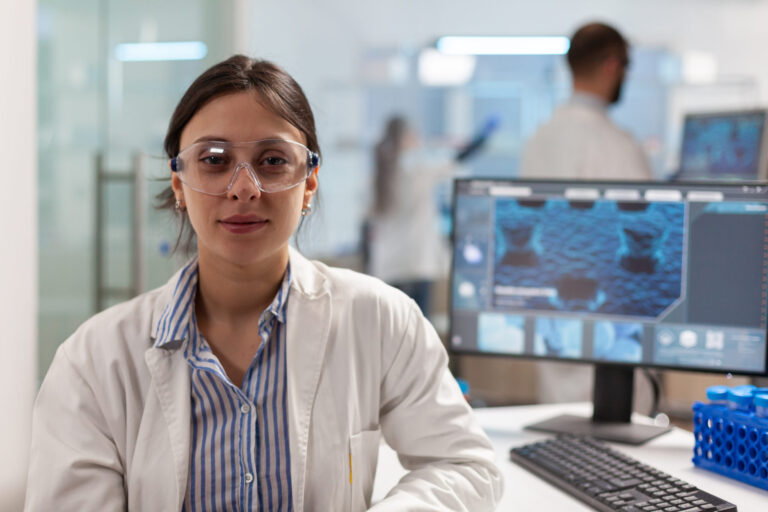The initials at the end of a doctor’s name indicate which type of medical degree they hold. An “MD” indicates that a doctor attended a traditional (allopathic) medical school and earned a doctor of medicine degree. A “DO” indicates that a doctor attended an osteopathic medical school and earned a doctor of osteopathic medicine degree. It’s important to note that, despite the differences in these types of doctors, both MDs and DOs are qualified medical professionals who meet strict requirements to gain medical licensure. Take a look at the difference between allopathic and osteopathic medicine and learn how to determine which is right for you.
Allopathic vs. Osteopathic Medicine

Medical doctors learn allopathy in medical school. Allopathy is more traditional than osteopathy and considered traditional medicine by most. Allopathic medicine emphasizes the use of medicine to treat illnesses that are diagnosed by tests or procedures like a complete blood count or x-ray. DOs learn osteopathy in medical school, which focuses on taking a holistic approach to treat the whole body rather than a specific condition. They learn how to use osteopathic manual medicine (OMM), or osteopathic manipulative treatment, which uses the hands to diagnose, treat, or prevent illnesses or injuries.
Many people take daily vitamins and supplements to boost their nutrition. When choosing the right nutritional support, it’s important to choose products made from the highest quality ingredients. NHC offers a variety of lifestyle medicine that offers nutritional support, boost the immune system, aid the digestive system, and other natural remedies for issues like insomnia, fatigue, and hormone imbalance.
Numedica develops professional dietary supplements that support the body in maintaining internal equilibrium despite external influences. Their science-based formulas are highly valued in the professional marketplace and exceed strict cGMP quality standards. The supplement manufacturer is known for formulas for immune system support, gluten sensitivity, healthy weight management, joint and muscle support, bone health, detoxification, antioxidants, blood health, hypoallergenic vegan protein, and more.
Training and Qualifications

MDs and DOs both learn how to diagnose, treat, and prevent diseases and injuries. Each type of practitioner spends four years in medical school and completes a residency that lasts one to seven years following medical school. DOs are required to complete an additional 200 hours of coursework that focuses on bones, muscles, and nerves and how they affect overall health. DOs also take educational courses on holistic and alternative therapies that focus on preventive medicine.
Both types of practitioners are required to pass a national test before they can become licensed to practice medicine. MDs have to pass the U.S. Medical Licensing Examination (USMLE), while DOs take the Comprehensive Medical Licensing Examination (COMLEX), though they can take the USMLE also.
Traditional medicine focuses on treating the symptoms of a condition, whereas holistic medicine focuses on treating the root cause of your issue. Taking an integrative approach to health issues allows practitioners to address the issue and prevent it from reoccurring so you can enjoy a healthier and more productive life. The primary care providers at Balance of Life Clinic are the top Alternative Medicine Practitioners in Medina, OH. Patients receive an individualized treatment plan that complements existing healthcare and helps the body function at an optimal level.
Their alternative treatments are designed to rebalance the body by eliminating harmful environmental toxins without the unwanted side effects or complications. The clinic offers patients several alternative therapies including hormone replacement therapy, chelation therapy, hyperbaric oxygen therapy, IV therapy including vitamin C therapy, photoluminescence, toxic metal testing, and Nambudripad’s Allergy Elimination Techniques (NAET).
How to Choose

Both types of practitioners are qualified to treat patients and prescribe medication. DOs are more hands-on and often more open to alternative treatment options than MDs. It’s important to consider your medical needs when deciding between an MD and a DO. Many DOs become primary care physicians, whereas MDs tend to choose a specialty in a specific field of medicine.
If you’re easing into seeking medical treatment, a holistic approach may be the ideal first step for you.












